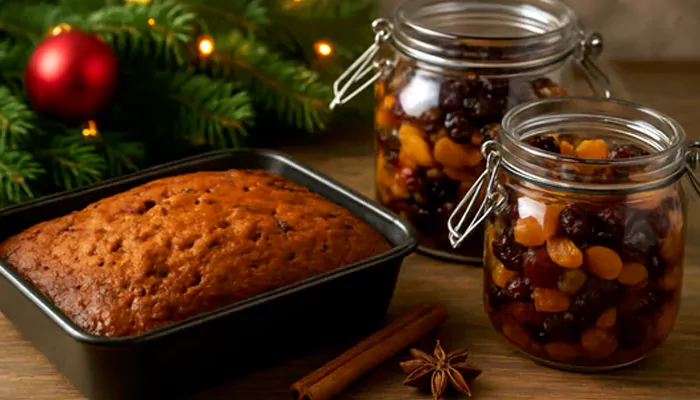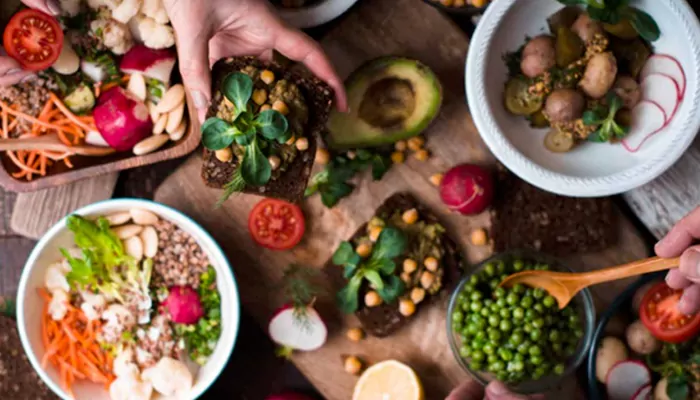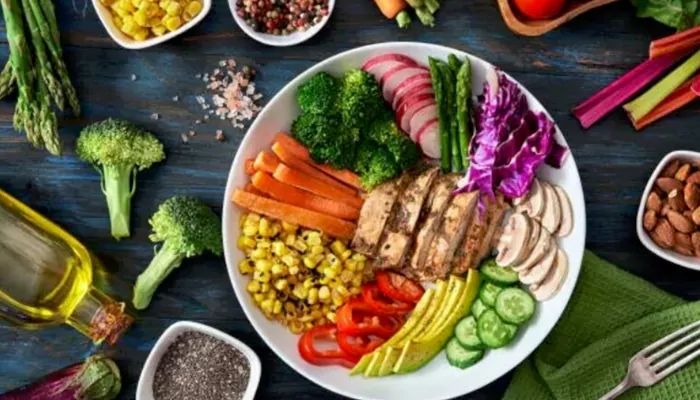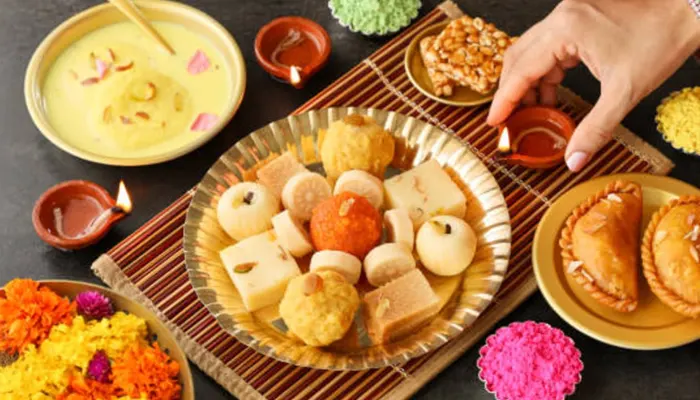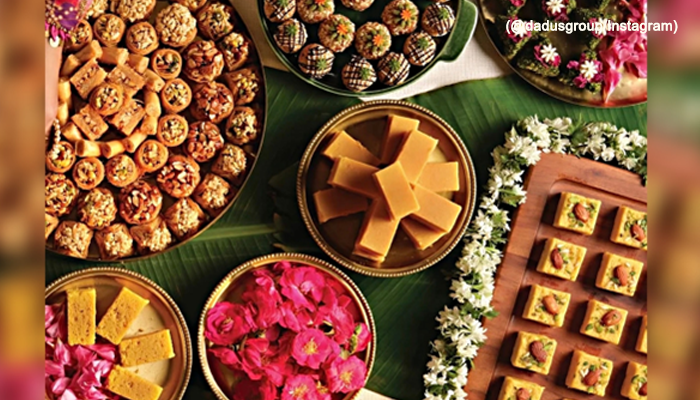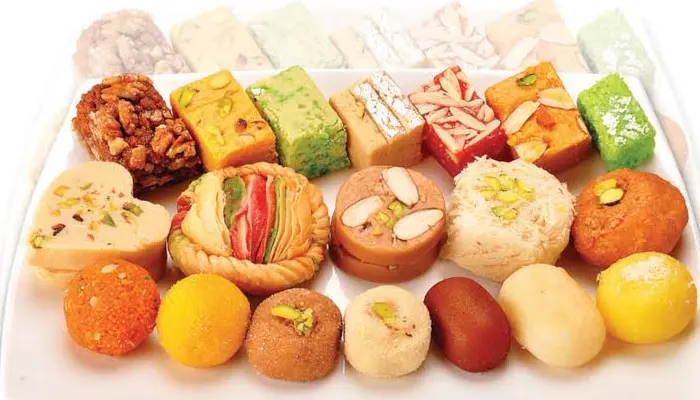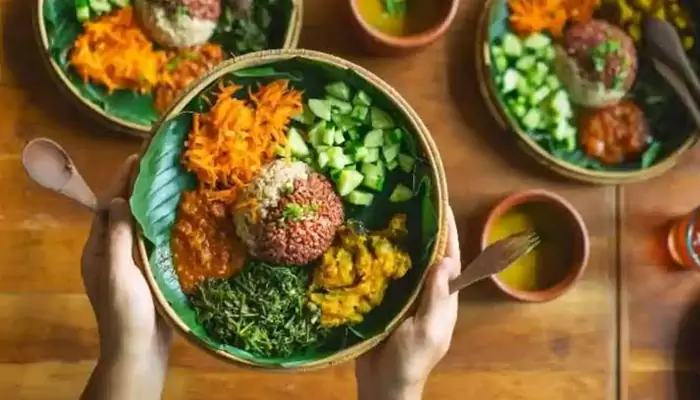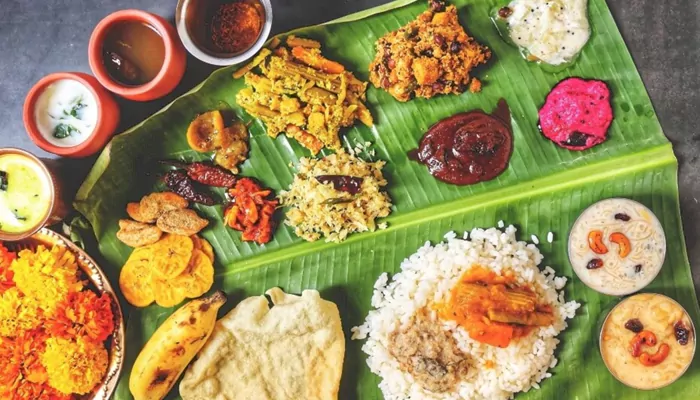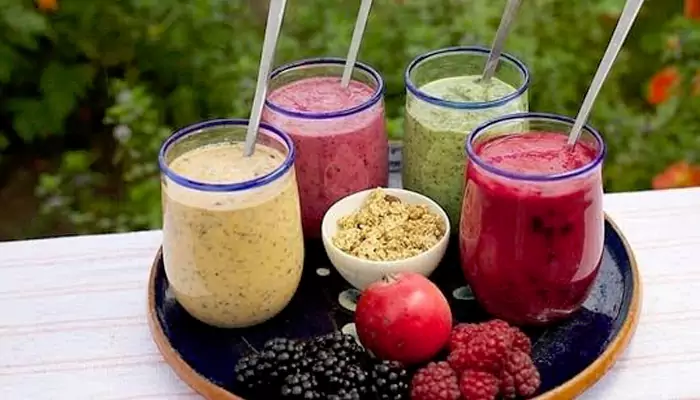Eight Rare Spices That Can Upgrade The Flavour And Aroma Of Your Recipe: Discover Their Uses
- Satavisha
- 1 year ago
- 4 minutes read

Are you looking for rare and unconventional spices that can upgrade the flavour and fragrance of your recipe? You have arrived at the right place!
You have your mainstay spices sitting in the pantry—and then you have the ones you would likely have to Google if you found their names on a menu or a cookbook recipe: Charnushka, blade mace, urfa biber and more. But every unfamiliar spice offers a glimpse of a new culture, cuisine and complex flavours. So, without further delay, let us venture into the vast world of spices.
Radhuni
Radhuni, also known as dried celery—is often mistaken for carom seeds or ajwain because both spices appear similar. However, radhuni is a tiny dried fruit derived from celery plants, and it combines the flavour of celery and parsley. Radhuni is commonly used in some parts of Southern India and Bengali recipes. It offers an earthly taste to the dishes.
Blade Mace
Meet the sister spice of nutmeg. Did you know that the nutmeg tree can produce two different spices? Well, it can. Nutmeg is the seed, while the covering of the pit is blade mace. The flavours are close, but blade mace has a subtler taste and is commonly used in fruit pies and delicate pastries. In savoury European recipes like stews and soups, blade mace is an essential ingredient.
Charnushka
Call it charnushka, black caraway, nigella, or kalonji, charnushka—it is the same spice with different names. The flavour of this seed is quite subtle and is somewhere between thyme and cumin. This ingredient is prominently used in Middle Eastern crackers and breads— flatbreads and rye. In some recipes, charnushka is paired with various other seeds—to craft unique flavorful blends. In South Asian and Indian recipes, it is combined with garam masala rather than cumin.
Ratanjot
Ratanjot is a flavourful natural food colour—which is commonly used in traditional Himachali dishes. This dried spice adds a luscious crimson pigment to foods and a subtle wood aroma.
Kalpasi
Kalpasi is also known as black stone flowers or Patthar ke Phool—it is believed—this spice does not have any independent flavour, but it offers a distinct flavour to every recipe. This variety of lichen grows in the forest and is an indispensable ingredient in many cuisines. Kalpasi is combined with other spices to craft a mixture. Lucknow’s Potli Masala and Maharashtra’s Goda Masala are two popular spice mixes that contain Kalpasi.
Porcini Mushroom Powder
This spice is almost every European chef’s favourite ingredient—porcini mushroom powder adds an umami flavour to recipes. Porcini mushrooms are ground to extract this powder-like ingredient, which adds the mushroom’s intense nutty aroma and flavour to various recipes. Stir into soups, broths, risottos and curries for an instant blast of umami.
Urfa Biber
The Aleppo pepper’s cousin—urfa biber—releases a sultry flavour and mild heat that is quite versatile. Embracing the flavour notes of chocolate and raisin—urfa biber is as yummy in a brownie as on roasted veggies. You can embark on a more authentic traditional route with urfa biber by pairing it with eggplant or a Turkish recipe—or try a culinary blend.
Lakadfong Turmeric
Let us introduce you to the world’s finest turmeric variety, Lakadfong Turmeric—it is cultivated in India’s North Eastern state of Meghalaya (in specific regions). The stem and roots of the plant are ground until a fine powder-like spice is extracted. In north-eastern recipes, Lakadong Turmeric plays an indispensable role as an integral spice—which is frequently used for its distinct flavour.
These spices will not only unleash new flavours and aromas but also alter the way you prepare your meals. Spice up your culinary skills and excite your taste buds with these unique ingredients.

